This article needs additional citations for verification .(June 2015) |
Welt der Physik is a scientific magazine in German language analogous to New Scientist . The magazine was started in 2003. [1] It is based in Hamburg. [2]
This article needs additional citations for verification .(June 2015) |
Welt der Physik is a scientific magazine in German language analogous to New Scientist . The magazine was started in 2003. [1] It is based in Hamburg. [2]

Karl Ferdinand Braun was a German electrical engineer, inventor, physicist and Nobel laureate in physics. Braun contributed significantly to the development of radio and television technology and built the first semiconductor. He shared the 1909 Nobel Prize in Physics with Guglielmo Marconi "for their contributions to the development of wireless telegraphy", was a founder of Telefunken, one of the pioneering communications and television companies, and has been both called the "father of television", "great grandfather of every semiconductor ever manufactured" and the co-father of the radio telegraphy, together with Marconi.
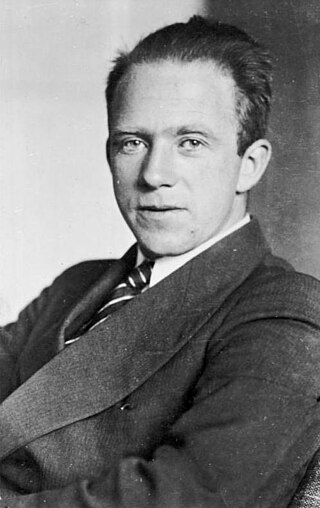
Werner Karl Heisenberg was a German theoretical physicist, one of the main pioneers of the theory of quantum mechanics, and a principal scientist in the Nazi nuclear weapons program during World War II. He published his Umdeutung paper in 1925, a major reinterpretation of old quantum theory. In the subsequent series of papers with Max Born and Pascual Jordan, during the same year, his matrix formulation of quantum mechanics was substantially elaborated. He is known for the uncertainty principle, which he published in 1927. Heisenberg was awarded the 1932 Nobel Prize in Physics "for the creation of quantum mechanics".

Wilhelm Carl Werner Otto Fritz Franz Wien was a German physicist who, in 1893, used theories about heat and electromagnetism to deduce Wien's displacement law, which calculates the emission of a blackbody at any temperature from the emission at any one reference temperature.
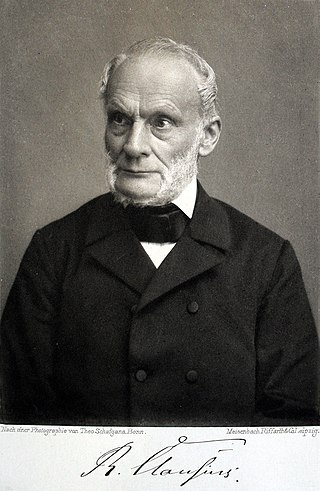
Rudolf Julius Emanuel Clausius was a German physicist and mathematician and is considered one of the central founding fathers of the science of thermodynamics. By his restatement of Sadi Carnot's principle known as the Carnot cycle, he gave the theory of heat a truer and sounder basis. His most important paper, "On the Moving Force of Heat", published in 1850, first stated the basic ideas of the second law of thermodynamics. In 1865 he introduced the concept of entropy. In 1870 he introduced the virial theorem, which applied to heat.

Johannes Stark was a German physicist who was awarded the Nobel Prize in Physics in 1919 "for his discovery of the Doppler effect in canal rays and the splitting of spectral lines in electric fields". This phenomenon is known as the Stark effect.
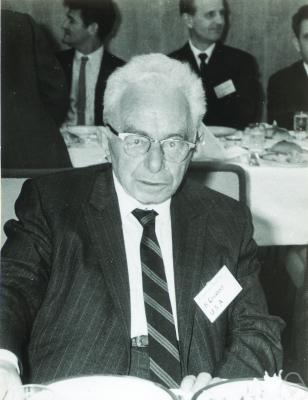
Richard Courant was a German-American mathematician. He is best known by the general public for the book What is Mathematics?, co-written with Herbert Robbins. His research focused on the areas of real analysis, mathematical physics, the calculus of variations and partial differential equations. He wrote textbooks widely used by generations of students of physics and mathematics. He is also known for founding the institute now bearing his name.
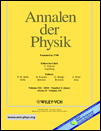
Annalen der Physik is one of the oldest scientific journals on physics; it has been published since 1799. The journal publishes original, peer-reviewed papers on experimental, theoretical, applied, and mathematical physics and related areas. The editor-in-chief is Stefan Hildebrandt. Prior to 2008, its ISO 4 abbreviation was Ann. Phys. (Leipzig), after 2008 it became Ann. Phys. (Berl.).
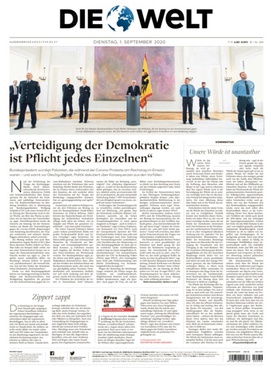
Die Welt is a German national daily newspaper, published as a broadsheet by Axel Springer SE. Die Welt is the flagship newspaper of the Axel Springer publishing group. Its leading competitors are the Frankfurter Allgemeine Zeitung, the Süddeutsche Zeitung and the Frankfurter Rundschau. The modern paper takes a self-described "liberal cosmopolitan" position in editing, but it is generally considered to be conservative.

Ivan Puluj was a Ukrainian physicist and inventor, who has been championed as an early developer of the use of X-rays for medical imaging. His contributions were largely neglected until the end of the 20th century.
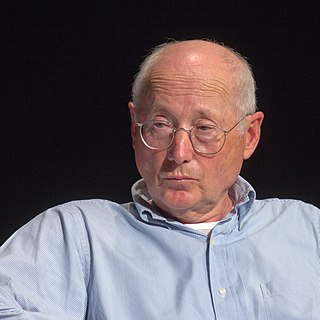
Stefan Aust is a German journalist. He was the editor-in-chief of the weekly news magazine Der Spiegel from 1994 to February 2008 and has been the publisher of the conservative leading Die Welt newspaper since 2014 and the paper's editor until December 2016.

The German Physical Society is the oldest organisation of physicists. The DPG's worldwide membership is cited as 52,220, as of 2022, making it one of the largest national physics societies in the world. The number of the DPG's members peaked in 2014, when it reached 63,000, but it has been decreasing since then. It holds an annual conference and multiple spring conferences, which are held at various locations and along topical subjects of given sections of the DPG. The DPG serves the fields of pure and applied physics. Main aims are to bring its members and all physicists living in Germany closer together, represent their entirety outwards as well as foster the exchange of ideas between its members and foreign colleagues. The DPG binds itself and its members to advocate for freedom, tolerance, veracity and dignity in science and to be aware about the fact that the people working in science are responsible to a particularly high extent for the configuration of the overall human activity.
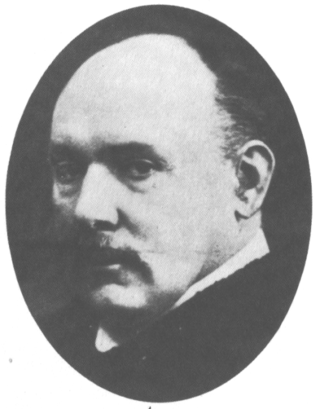
Alfred Heinrich Bucherer was a German physicist, who is known for his experiments on relativistic mass. He also was the first who used the phrase "theory of relativity" for Einstein's theory of special relativity.
Hugo Martin Tetrode was a Dutch theoretical physicist who contributed to statistical physics, early quantum theory and quantum mechanics.
Zeitschrift für Physik is a defunct series of German peer-reviewed physics journals established in 1920 by Springer Berlin Heidelberg. The series ended publication in 1997, when it merged with other journals to form the new European Physical Journal series. It had expanded to four parts over the years.
Friedrich Kottler was an Austrian theoretical physicist. He was a Privatdozent before he got a professorship in 1923 at the University of Vienna.

Otto Willi Gail was a German science journalist and author.
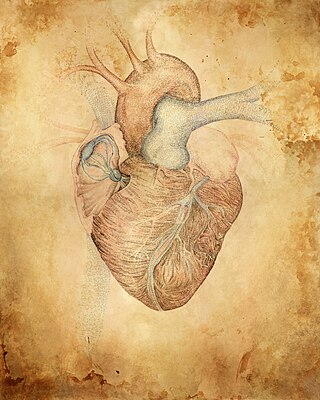
Sienna Morris is an artist living in Portland, Oregon. She is an illustrator best known for her drawing technique, Numberism. This technique is similar to stippling or pointillism, but uses numbers and equations in place of dots.

Mark Lars Carsten Hauptmann was a German politician of the Christian Democratic Union of Germany (CDU) who served as a member of the German Bundestag from 2013 until 2021.